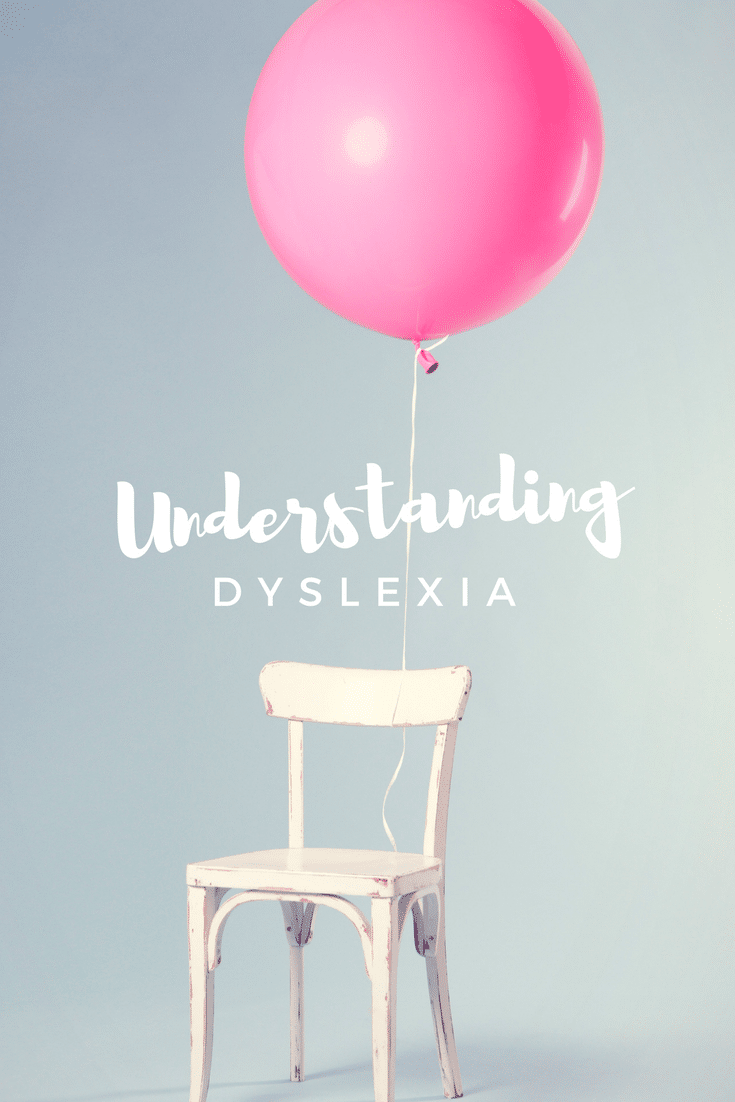We process the sounds of our alphabetic language as we read and write. The three necessary phonological processing abilities are phonological awareness, phonological memory and the ability to retrieve auditory information from long term memory (referred to as rapid naming). A deficit in some aspect of phonological processing is considered to be the cause of the most common form of reading disability, difficulty decoding individual words (Wagner, Torgesen, & Rashotte, 1999). Students need to access and manipulate the individual sounds in words, phonological awareness. Additionally, they must automatically identify the sounds associated with letters. A reader also has to temporarily store phonological information in order to decode words.
Phonological memory refers to the coding of information phonologically for temporary storage in working memory. When we attempt to remember a phone number, we store the number temporarily in working memory. We do so by storing a phonological representation of the sounds of the digits, not a visual picture of the sequence of digits. A deficient phonological memory is caused by a deficit in phonological coding of verbal materials such as digits and words. It does not impair short-term memory for nonverbal material, long-term memory, or listening comprehension (Wagner et al., 1999).
Think of the phonological loop as an audio cassette. The phonological loop provides a brief storage of auditory information. It consists of two parts. The phonological store is similar to the audio tape. It retains the most recent 2 seconds worth of auditory information. The second part of the phonological loop is the articulatory control process, which provides input to the phonological loop initially and can also refresh information already in the loop.
A deficient phonological memory impairs an individual’s ability to decode unknown words. It does not appear to affect a person’s ability to read words that are already in their vocabulary. It does limit their reading of new words. Phonological coding in working memory is particularly useful when someone is attempting to read unknown multisyllabic words. These words are long enough to decode bit by bit, so the phonological loop is needed to store intermediate sounds (Wagner et al., 1999).
The third kind of phonological processing is rapid naming, which requires retrieval of phonological information from long-term memory. Students who score poorly on rapid naming tasks are expected to have difficulty reading fluently (Wagner et al., 1999). Young readers must be able to retrieve phonemes associated with letters or letter pairs, as well as pronunciations of common word segments or whole words.
The following scenario describes a retrieval problem of a different kind, not unlike the difficulties faced by students with rapid naming deficits:
A person looking for a library book is much like a child attempting to retrieve a phoneme from long-term memory. Children with rapid naming difficulties might remember learning the sound, but they just can’t retrieve it when presented with the letter. Imagine returning a book to a library shelf and then deciding you still need that book. Without the Dewey Decimal System, you might not remember where you replaced the needed book. A child who is unable to retrieve a phoneme is like an individual looking for a library book without the help of a cataloging system.
Unfortunately, many students are faced with a double deficit. They struggle with weaknesses in both rapid naming and phonological awareness. These individuals encounter greater difficulties learning to read than students with deficits in either rapid naming or phonological awareness.
Even more unfortunate is the fact that most teachers believe they are not professionally equipped to teach students with deficient phonological processing abilities. They may be correct. Through no fault of their own, the majority of teachers have never been provided with any straightforward information on the correlation between deficits in phonological processing and difficulties decoding individual words, the most common form of reading disability. The term dyslexia, now prominent in educational lexicon, is cloaked in mystery.
Dyslexia
Dyslexia, a medical term once segregated from educators, is a reading disability with no simple definition. Quite simply, dyslexia describes a phonologic weakness.
It is a myth that dyslexic individuals read backward. Dyslexia stems from difficulties processing auditory information not visual. Almost all people with dyslexia struggle with spelling; however, these spelling problems are not the result of poor visual memory for sequences of letters in words. Underlying weaknesses in phonological processing abilities are the cause of both the spelling and reading problems encountered by dyslexic individuals. They have trouble remembering the letters in words because they have trouble retrieving the phonemes represented by letters.
Many people who struggle with dyslexia have excellent visual memories for design elements, drawings, maps, etc., but find it difficult to spell words containing the letters p, b or d. These letters are formed with the same line and curve. When we write a p, our first stroke is down, then up, and around. When we form the letter d, our first stroke goes around, then up, and down. With a horizontal flip, the p becomes a b. A vertical flip changes a b to a d. We are able to discriminate between these letters because of the phonemes they represent. For individuals with little phonemic awareness and difficulties retrieving /p/, /b/, /d/ from long-term memory, these phonemes are not easily discernible (Brady & Moats, 1997).
The good news is that deficient phonological processing abilities are not immune to effective reading instruction. Teachers who understand phonological processing are more able to meet the learning needs of struggling readers.




Leave a comment